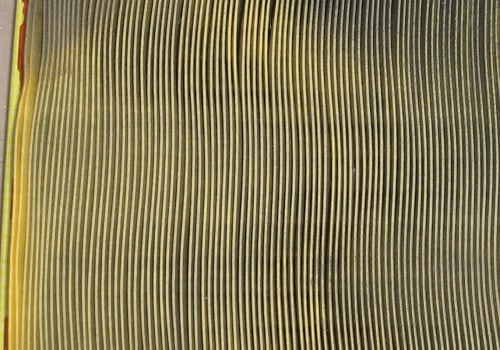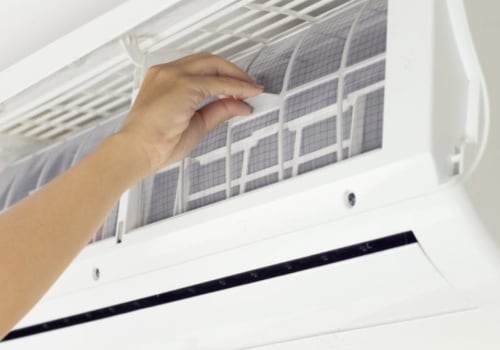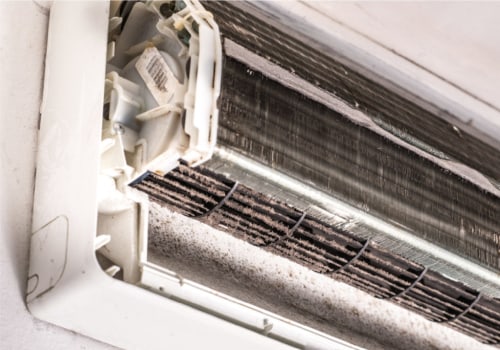A capacitor input filter is a filter circuit in which the first element is a capacitor connected in parallel with the output of the rectifier in a linear power supply. This capacitor increases the DC voltage and decreases the ripple voltage components of the output. A filter capacitor is a type of capacitor that is used to filter out certain frequencies, usually those that are close to 0 Hz, also known as DC signals. This type of capacitor has many applications in signal suppression, fault elimination, and other electronic and electrical equipment.
The main function of the filter capacitor is to allow low frequency signals to pass through while blocking high frequency signals. Similarly, high-pass filters (HPF) allow high frequency signals and inhibit low frequency signals. Electronic filters can be manufactured using analog components such as resistors, capacitors, transistor operational amplifiers, and inductors. A half-wave rectifier with a capacitor input filter is shown in the following figure.
The filter is simply a capacitor connected from the rectifier output to ground. RL represents the equivalent resistance of a load. We will use the half-wave rectifier to illustrate the basic principle and then extend the concept to full-wave rectification. Active filters use amplifier circuits and components such as transistors and operational amplifiers, while passive filters use resistors, inductors and capacitors exclusively.
A filter capacitor can be designed to pass low-frequency signals or high-frequency signals, or even a certain brand of signals is also filtered with these types of capacitors. The advantage of passive filters is that no power supply is needed other than the processed signal itself, while the advantage of active filters is the reduction in size and cost. The circuit diagram of the filter capacitor is shown below, in which the capacitor in this circuit acts as a high-pass filter by which high frequency signals are allowed to pass through while blocking direct current. The filter capacitor formula can be derived based on the cut-off frequency selected for filtering and the variation of impedance with respect to frequency of the signals. Here are some basic filter types that can be combined to create other, more complicated filters, such as bandpass or notch filters. Line filter capacitors are simple capacitive filters that are used to reduce the effect of noise sources on electronic equipment, leading to better performance.
In general, filter capacitors are used in different types of equipment for signal suppression and fault elimination. In conclusion, a filter capacitor is an essential component in many electronic circuits. It is designed in such a way that it can prevent a certain range of frequency signals from entering another circuit. It is especially preferred during the filtering of low-frequency signals. Filter capacitors have many applications in signal suppression, fault elimination, and other electronic and electrical equipment.



